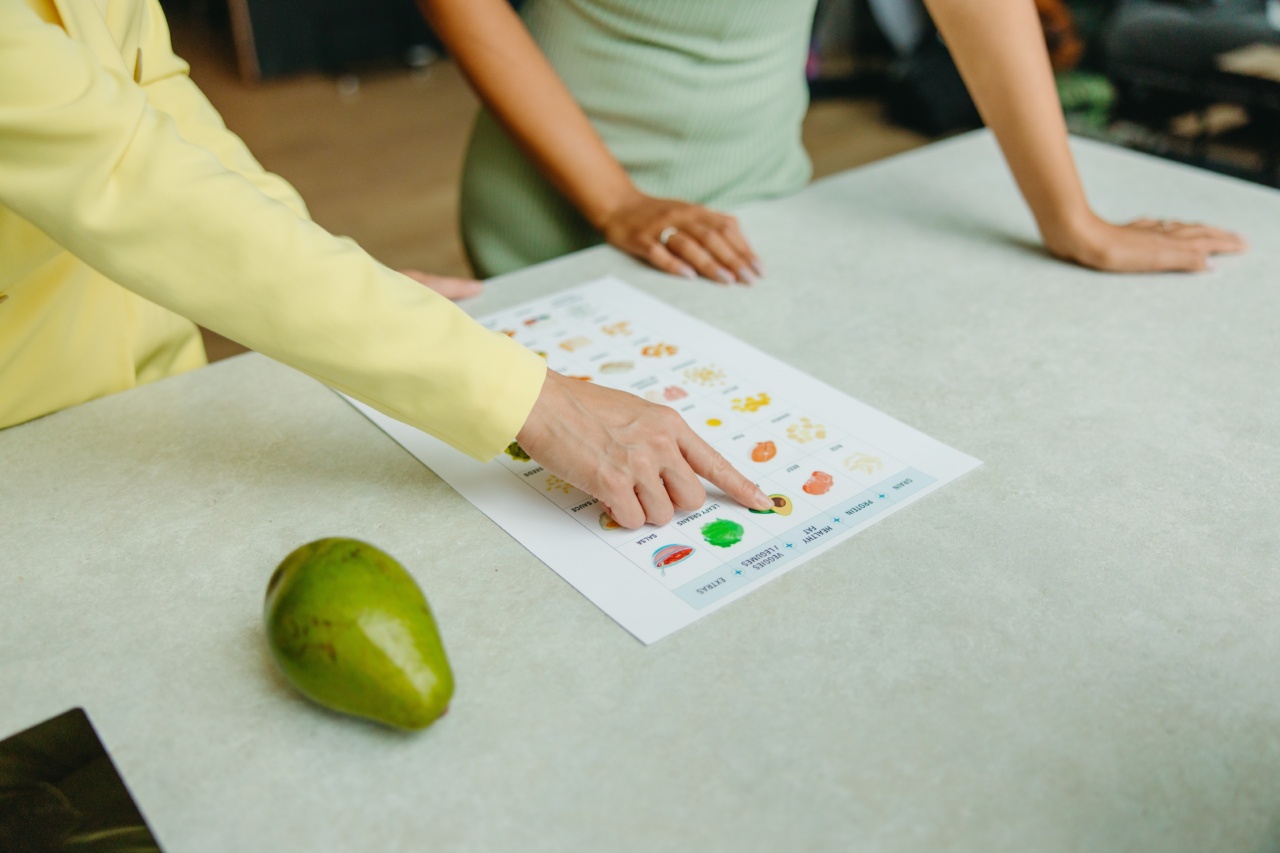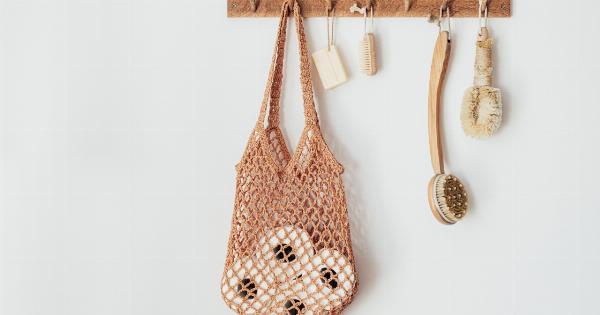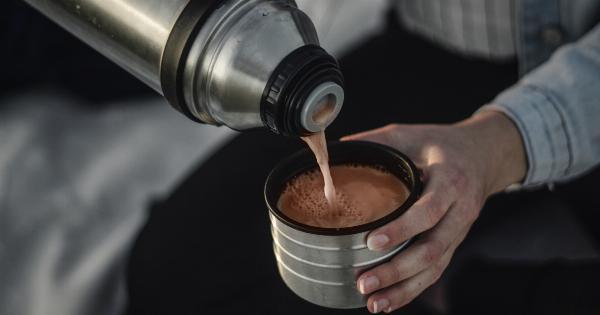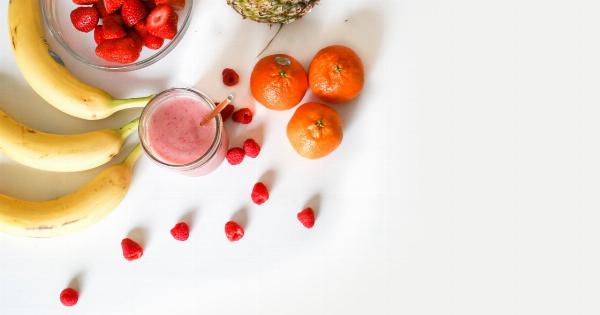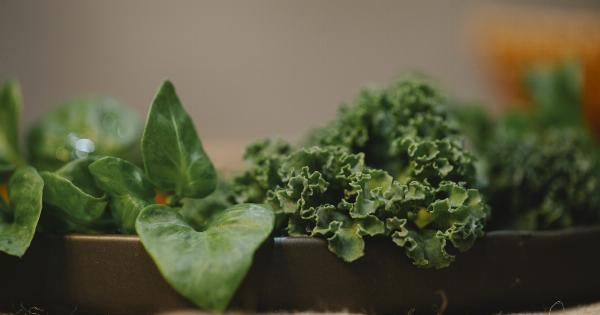Iron is an essential mineral that plays a vital role in various bodily functions, including oxygen transport, energy production, and cognitive development.
It is particularly crucial for growing children as it supports their rapid growth and development. However, iron deficiency in children can lead to anemia, which can have a negative impact on their overall health and well-being.
In this comprehensive guide, we will explore the importance of iron-rich foods in a child’s diet and provide a list of nutrient-dense options to ensure their healthy growth.
The Importance of Iron in Children’s Health
Iron is a key component of hemoglobin, a protein present in red blood cells that carries oxygen from the lungs to different parts of the body.
It also aids in the production of enzymes and neurotransmitters, which are vital for proper cognitive function. In children, iron is essential for optimal growth, brain development, and immune system functioning.
Without an adequate supply of iron, children may experience fatigue, weakness, poor concentration, weakened immune system, and delayed physical and mental development.
Preventing Iron Deficiency Anemia
Iron deficiency anemia occurs when the body lacks enough iron to produce sufficient healthy red blood cells. It is one of the most common nutritional deficiencies in children.
To prevent iron deficiency anemia, it is crucial to include iron-rich foods in a child’s regular diet. It is important to note that iron from plant-based sources is not as easily absorbed as iron from animal sources.
Therefore, it is essential to combine iron-rich plant foods with sources of vitamin C, such as citrus fruits, bell peppers, and tomatoes, to enhance iron absorption.
Top Iron-Rich Foods for Children
1. Lean Red Meat: Beef, lamb, and pork are excellent sources of easily absorbable heme iron. Including small portions of lean red meat in a child’s diet can significantly boost their iron intake.
2. Poultry: Chicken and turkey are good sources of heme iron. Opt for skinless cuts and prepare them in a healthy way, such as baking or grilling, to minimize saturated fat content.
3. Fish and Shellfish: Seafood, such as salmon, tuna, shrimp, and oysters, contains heme iron along with omega-3 fatty acids, which provide additional health benefits for children.
4. Beans and Lentils: Legumes, including kidney beans, chickpeas, and lentils, are excellent plant-based sources of iron. They are also rich in fiber, protein, and other essential nutrients.
5. Iron-Fortified Cereals: Many breakfast cereals are fortified with iron, making them a convenient and easily accessible source of iron for children. Look for whole grain varieties with minimal added sugars.
6. Spinach and Leafy Greens: Dark leafy greens like spinach, kale, and Swiss chard are packed with iron and other essential vitamins and minerals. Include them in soups, salads, or smoothies to increase iron intake.
7. Tofu and Soy-Based Products: Tofu, tempeh, and other soy-based products are rich in iron and are an excellent alternative for vegetarian or vegan children.
8. Nuts and Seeds: Almonds, cashews, pumpkin seeds, and sesame seeds are high in iron, healthy fats, and other beneficial nutrients. Make a trail mix or sprinkle them on salads or yogurt for a nutritious snack.
9. Dried Fruits: Dried fruits like apricots, raisins, and prunes are concentrated sources of iron. They can be included in cereal, oatmeal, or homemade energy bars for a tasty iron boost.
10. Eggs: Egg yolks contain iron and other essential nutrients such as protein and vitamin B12. Incorporate eggs into your child’s diet in various ways, such as scrambled, boiled, or in omelettes.
Meal Ideas to Boost Iron Intake
Here are some meal ideas that combine iron-rich foods with vitamin C sources to enhance iron absorption:.
1. Beef stir-fry with broccoli and bell peppers.
2. Grilled chicken or tofu salad with spinach, tomatoes, and citrus dressing.
3. Lentil soup with a side of whole wheat bread.
4. Salmon with roasted Brussels sprouts and lemon quinoa.
5. Iron-fortified cereal topped with strawberries and a glass of orange juice.
6. Chickpea and vegetable curry served with brown rice.
7. Spinach and feta omelette with whole grain toast.
8. Nut butter sandwich on whole grain bread with sliced apple or kiwi.
9. Trail mix with almonds, dried apricots, and pumpkin seeds.
10. Black bean and sweet potato quesadillas with a side of salsa.
Conclusion
Ensuring an adequate intake of iron-rich foods is crucial for the healthy growth and development of children. Including a variety of iron-rich foods in their diet is essential to prevent iron deficiency anemia and optimize overall well-being.
By providing a diverse range of iron-rich foods and combining them with vitamin C sources, parents can support their children’s iron absorption and optimize their nutritional intake. Be creative in incorporating these foods into meals and snacks, making it an enjoyable experience for children while promoting their health.
